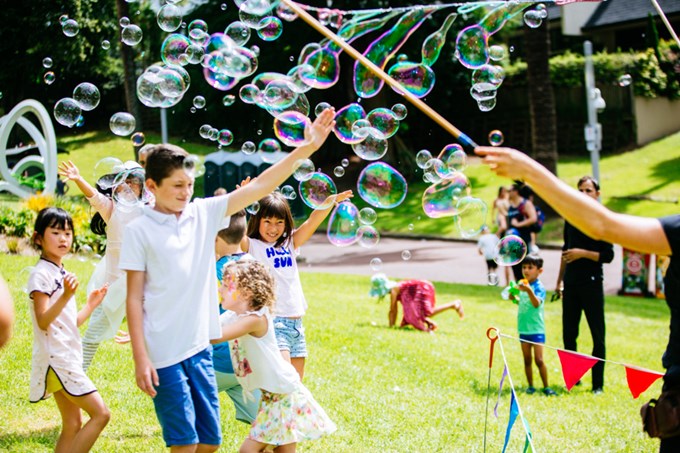In the third part of a three-part feature on Auckland's green spaces, Elly Strang looks at their role in creating and supporting a healthy urban environment as our city grows.
Read the first part of the feature, on the health benefits of green spaces; and the second part, on the community groups that are supporting green spaces in our city.
Creating a healthy city
Not only do green spaces allow us to unwind and rebalance, but they can also help combat common problems faced in urbanised areas, such as poor air quality and soil erosion. Soil erosion can cause infrastructure damage by blocking roads, drains and waterways, but planting trees helps to counteract this by protecting soil from the impact of rain, vaporising large amounts of water and binding it to sloping land with their roots.
Cities are also renowned for producing higher greenhouse-gas emissions, but trees absorb carbon dioxide and other potentially harmful gasses and release oxygen. It’s estimated one large tree has the ability to supply a day’s worth of oxygen for four people. Trees can also cool the air, land and water by offering shade and moisture. As the planet warms, this is significant, because the temperature in urban areas often runs many degrees warmer than areas with heavy tree cover. This is why our green spaces need protecting, and the ecosystems they operate within need to be nurtured, too.

Greening the urban environment
David Irwin, creative director of integrated design studio Isthmus, says the health of our environment should be the baseline for any urban design or architecture work within a city.
“Our land needs to be healthy to allow us to be healthy. We can’t live the lifestyle we want if we can’t swim in our water or live in our cities. Out of everyone, it’s Māori who are saying it very clearly: the environment is the bottom line, the requirement.”
Westgate’s Kopupaka Reserve was named World Landscape of the Year in 2016 due to work on rebuilding a coastal edge that was considered “space left over after planning” when a new motorway was built. Isthmus used green infrastructure to recreate the stormwater reserve, improve its waterways and create higher-quality green spaces for wildlife.
Isthmus has also been contracted by Panuku Development Auckland to work on its Northcote Masterplan. Over the next five years, 364 Housing New Zealand properties from the 1950s and 1960s will be replaced by up to 1200 modern homes. This means increased housing density, which calls for closer attention to the creation and maintenance of high-quality green spaces – something Isthmus plans to achieve by creating an urban park or “shared backyard” that will link Lake Road to the town centre.

Irwin says the way to get people more engaged in the care of ecosystems around them is to give local communities a key role in the design and decision-making process. “It’s the way forward for Auckland. They’re empowered to get their hands dirty to do it and there’s a sense of ownership and education that reinstates those values.”
Averting the tragedy of tree loss
Getting the community reconnected with nature is significant, considering a recent report by the council found that much of the tree loss in Auckland is happening on private land. It tracked tree loss in the Waitematā Local Board area over the decade to 2016 and found that 61.23ha of trees – at least 12,879 – had been removed.
There was no evidence of an increased rate of canopy loss, but the authors of the report described it as “death by a thousand cuts” because more than 90 per cent of the clearances were very small, yet accounted for almost two-thirds of the removals. A significant chunk of this clearing occurred on privately owned land in suburbs such as Freemans Bay, Grey Lynn, Parnell, Ponsonby and Western Springs.
Groups like Gecko Trust and Trees That Count are organising community action at a grassroots level to counteract this loss, while initiatives like the Million Trees programme are creating opportunities for people to get involved with plantings. There’s also significant work being done across Auckland to reduce the spread of kauri dieback.

How you can help create a greener Auckland
Councillor Penny Hulse says what you can plant depends on the size of your garden. The Auckland Botanic Gardens have experts who can give advice on what types and plants will work best in different areas – visit their website to find out more.
“I’d also say of those trees that might be annoying you: think about how they contribute to the wider community; think a bit about how they contribute to link the Waitākere Ranges with the Hauraki Gulf and how they form bird corridors; just think a little bit wider than just your own property.”
Understanding the role green spaces play in our own wellbeing and the health of the city means that while Auckland’s population is predicted to hit two million within the decade, it can still have a bright green future.


